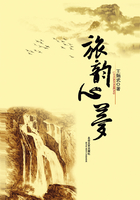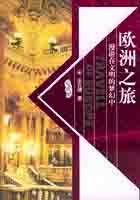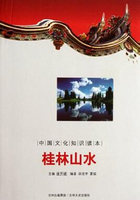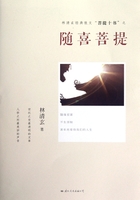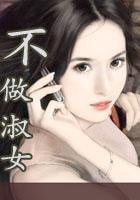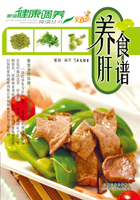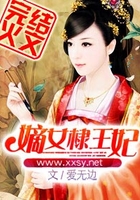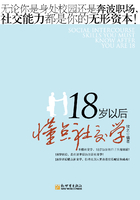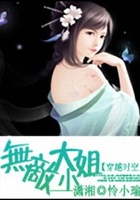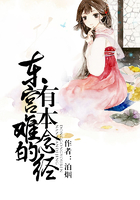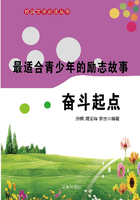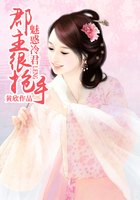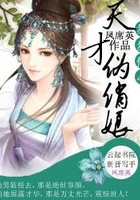Recently some changes have taken place in downtown Chengdu teahouses. There have sprung a sort of pub-type teahouses with a pleasant interior decor. These are usually busy in the afternoon and evening, and mainly cater to young people, who come to chat or talk business. However, traditional family-type teahouses are still popular in the suburbs. On weekends, friends and families from all the walks of life go to teahouses in the beautiful countryside where they enjoy drinking tea, chatting, playing cards or dozing off in their armchairs. Many pleasant weekends can be spent here over a bottomless cup of flower tea at a low cost.
Notes:1)sprawl蔓延;2)sidewalk人行道;3)sooty炭黑色的;
4)interior内部的;5)doze打瞌睡
15.茶馆里主要使用的是什么茶具?
What utensils are mainly used for tea drinking in teahouses?
The use of tea wares has a long tradition in China. In Chengdu, tea-drinking utensils are made of bronze or ceramics; and consist of mainly teapots, cups, tea bowls and trays, etc. Some first-class teahouses are equipped with high quality utensils. Unglazed earthenware like that used in ancient China is still used in Sichuan for brewing tea today. In the Tang Dynasty, metal wares were used to serve the noble families; porcelain earthenware for ordinary citizens. In the Song Dynasty, tea bowls became common. They were glazed of black, dark-brown, gray, gray-white or white colors. Gray-white porcelain ware was predominant in the Yuan Dynasty, whereas white tea ware became popular in the Ming Dynasty. Later during the middle of the Ming Dynasty, teapots made of porcelain and purple clay were in fashion. Porcelain wares made in Jingdezhen (景德镇), Jiangxi Province, and purple clay wares made in Yixing (宜兴), Jiangsu Province, occupied the top places among various kinds of tea wares.
Notes:1)ceramics制陶业;2)unglazed未上过釉的;3)ear-thenware陶器;4)porcelain瓷器;5)purple紫的
16.为什么宜兴紫砂壶非常有名?
Why is the Yixing ceramic teapot so well-known?
Chinese people in different regions often use different teapots for tea drinking, but Yixing ceramic teapots are widely regarded as the best.
Yixing ceramic teapots are produced in Yixing (宜兴) of Jiangsu Province. The basic material is the zisha clay, or“purple sand”, found in the hilly areas around Yixing. Yixing clay deposit has three colours: light-buff, cinnabar-red and purplish-brown. Teapot makers create teapots in an array of colours simply by adding to paste mineral pigments, or mixing clay of the light-buff, cinnabar-red or purplish-brown.
Yixing ceramic teapots are unglazed pottery. Some additional features of the teapot include:
a. The teapots are uniquely non-toxic.
b. The teapots have an exceptional ability to retain heat due to the firing process. Unlike porcelain wares, the paste for a Yixing ceramic teapot is fired at somewhat lower heat. After heating, the teapot becomes solid and smooth in texture, and it has an appropriate absorption rate and a low thermal conductivity.
c. Although the teapots are porous, they do not seep. In addition, this porous nature gives another outstanding attribute to Yixing ceramic teapots. When tea is brewed in a Yixing ceramic teapot, a tiny amount of tea is absorbed into the pot. So after a period of daily use, the pot will develop a patina coating that retains some of the taste, scent and colour of tea. Because of its absorbency, many households in China have several teapots, each teapot being used for one type of tea.
d. Yixing ceramic teapots offer a rustic but elegant beauty. Many tea drinkers are attracted to these teapots solely for their appearance. Their designs portray natural themes that incorporate flowers or animals.
In addition, Yixing ceramic teapots each has its“chop”marks. A potter usually places his/her personal mark or seal on the bottom of each piece. It serves to identify its creator and reflects the potter’s pride of workmanship. Sometimes modern potters who work in teapot factories offer their photos or an authenticity certificate to be with their teapot products at the teapot market.
It is said that the first ceramic teapot was created in the Ming Dynasty. In the years that followed, the Yixing reddish stoneware teapots became so popular and considered to be the“best”by Chinese tea lovers. In the late 17th century, Yixing ceramic teapots were introduced to Europe along with tea shipments, and these products became the models for the earliest teapots made in Holland, Germany and Britain.
In 1954, the Chinese government established communes to gather master-level potters in order to train a new generation of potters and ensure the perpetuation of the local tradition. Today contemporary Yixing potters continue their traditional pursuit, and their artistic potential has blossomed into a variety of beautiful teapots.
Notes:1)teapot茶壶;2)ceramic陶器的;3)buff暗黄色的;
4)cinnabar-red朱红的;5)purplish-brown略带紫棕色的;6)non-toxic无毒的;7)absorption吸收;8)attribute属性;9)absorbency吸收力;10)incorporate合并,混合;11)authenticity真实性;12)shipment装运;装船;13)commune社区,社区居民;14)contemporary当代的;15)potential潜能的
17.什么是茶博士?
What is the Tea Service Master?
A servant who offers customers tea in teahouses is respectfully called the Tea Service Master (茶博士). They provide good service and skillfully brew tea for tea customers. Tea Service Masters wear a traditional costume and prepare tea water in the traditional way. They have a good knowledge of tea and skillfully mix tealeaves. In fact, tea servants normally have to go through intensive years of painstaking and vigorous training before they are able to obtain the title of Tea Service Master.
Once visitors enter a teahouse, Tea Service Masters will greet them with a smile, holding in their hands teapots and cups. After the visitors are seated, the masters will set the cups on the table and pour the water from behind the guests or from above their heads. When the cups are almost full, the masters will raise their hands high suddenly, but not a drop of water is spilt.
Notes:1)respectfully恭敬地;2)normally正常地;3)pain-staking勤勉的;4)vigorous精力充沛的

